| Section 10: Early American money | Previous Section | Main Menu | Next Section |
| Over time, colonial governments, merchants, and private citizens began to mint coins on their own, but initially this practice just added to the confusion without ending the coin shortage. | ||||
| Massachusetts decided to mint its own coins | ||||
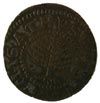 Willow tree shilling |
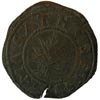 Oak tree shilling |
 Pine tree shilling |
||
| The Rosa Americana two pence was privately produced | The Virginia halfpenny was made especially for Virginia | |||
 |
 |
|||
| Soon all thirteen colonies issued their own paper money | ||||
 Georgia certificate |
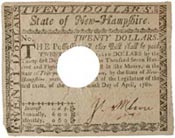 New Hampshire bill of credit |
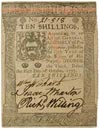 Pennsylvania loan office bill |
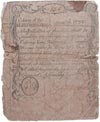 Massachusetts “sword in hand” note |
|
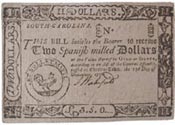 South Carolina bill of credit |
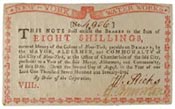 New York “water works” note |
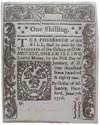 Connecticut Treasury note |
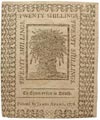 Delaware bill of credit |
|
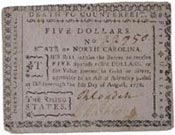 North Carolina bill of credit |
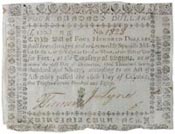 Virginia Treasury bill |
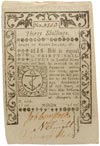 Rhode Island bill of credit |
||
 Maryland bill |
 New Jersey bill of credit |
|||
| Not worth a Continental | ||||
 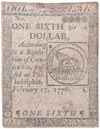 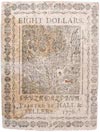 |
||||
  |
||||


